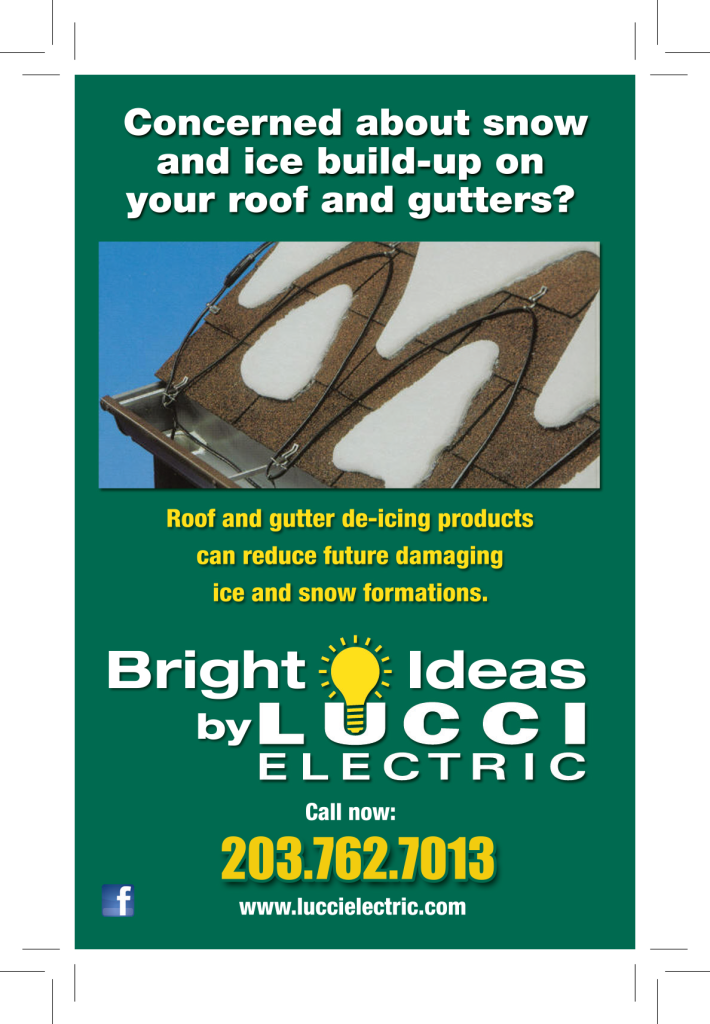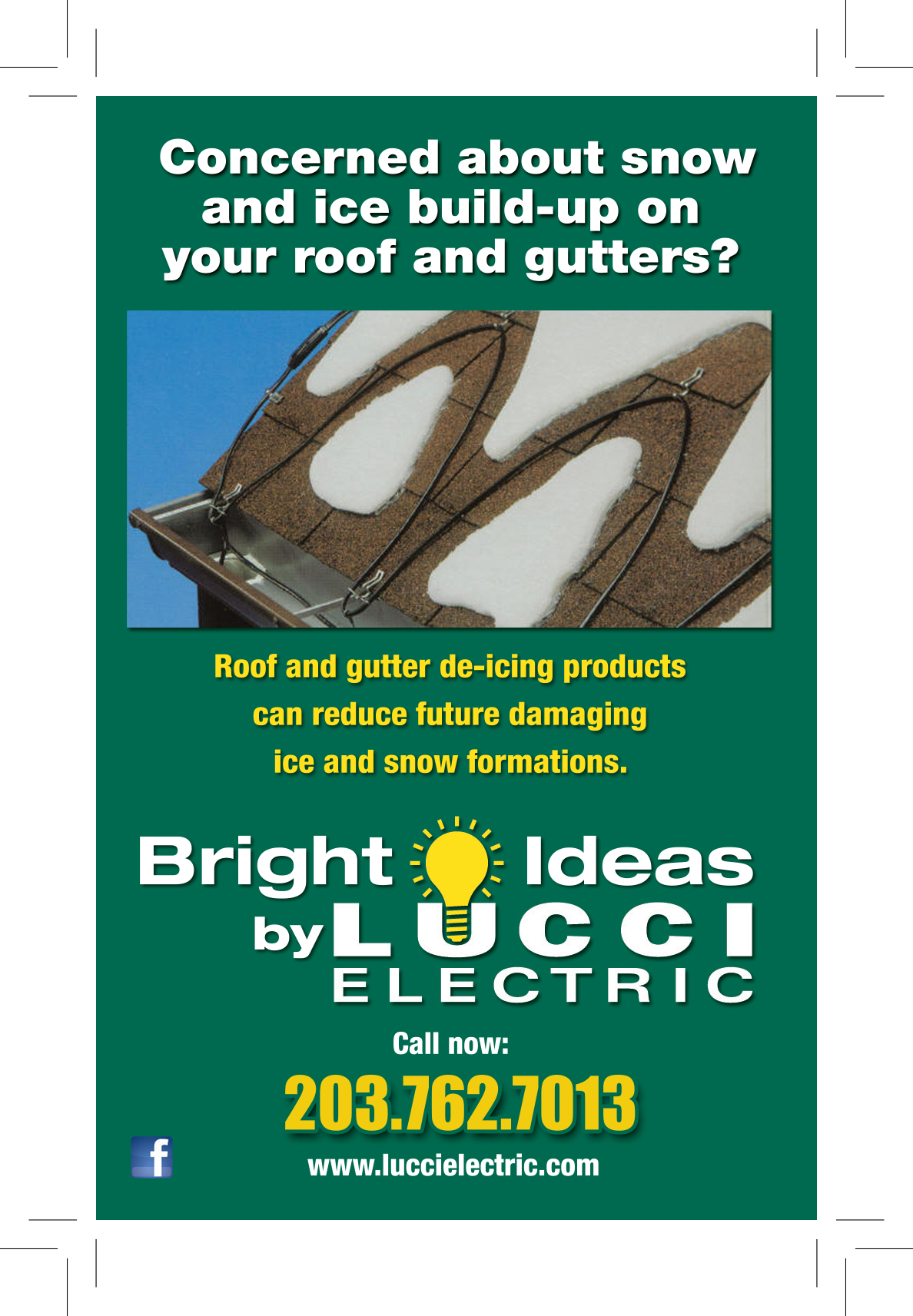
Roof De-Icing FAQ
1. What is roof de-lcing, and why is it necessary?
Roof deicing is the process of preventing the formation of ice dams and icicles on your roof. It’s necessary because ice dams can cause significant damage to your roof and home by allowing melted snow to penetrate beneath shingles and into your home.
2. What are ice dams, and how do they form?
Ice dams are thick ridges of ice that form along the eaves of a roof, preventing snowmelt from draining off. They occur when heat from the interior of your home escapes into the attic, causing the snow on the roof to melt and then refreeze at the eaves, creating a barrier.
3. What are the dangers of ice dams to my home?
Ice dams can cause water to seep into your home, leading to structural damage, mold growth, and water stains on ceilings and walls. They can also put excessive weight on your roof, potentially causing it to sag or even collapse in extreme cases.
4. What are the common methods for roof deicing?
Common methods for roof deicing include:
Roof Heat Cables: These are electric heating cables that can be installed on your roof to prevent ice buildup.
Snow Rakes: Snow rakes with extended handles can be used to manually remove snow from your roof.
Attic Insulation and Ventilation: Proper insulation and ventilation can prevent heat from escaping into the attic, reducing the likelihood of ice dam formation.
5. Are roof heat cables safe for my roof and home?
Roof heat cables are generally safe when installed correctly and maintained. However, improper installation or overuse can lead to damage to your roof shingles and increased energy costs. It’s essential to consult a professional for installation and follow the manufacturer’s guidelines.

Roof Deicing FAQ
1. What is roof deicing, and why is it necessary?
Roof deicing is the process of preventing the formation of ice dams and icicles on your roof. It’s necessary because ice dams can cause significant damage to your roof and home by allowing melted snow to penetrate beneath shingles and into your home.
2. What are ice dams, and how do they form?
Ice dams are thick ridges of ice that form along the eaves of a roof, preventing snowmelt from draining off. They occur when heat from the interior of your home escapes into the attic, causing the snow on the roof to melt and then refreeze at the eaves, creating a barrier.
3. What are the dangers of ice dams to my home?
Ice dams can cause water to seep into your home, leading to structural damage, mold growth, and water stains on ceilings and walls. They can also put excessive weight on your roof, potentially causing it to sag or even collapse in extreme cases.
4. What are the common methods for roof deicing?
Common methods for roof deicing include:
Roof Heat Cables: These are electric heating cables that can be installed on your roof to prevent ice buildup.
Snow Rakes: Snow rakes with extended handles can be used to manually remove snow from your roof.
Attic Insulation and Ventilation: Proper insulation and ventilation can prevent heat from escaping into the attic, reducing the likelihood of ice dam formation.
5. Are roof heat cables safe for my roof and home?
Roof heat cables are generally safe when installed correctly and maintained. However, improper installation or overuse can lead to damage to your roof shingles and increased energy costs. It’s essential to consult a professional for installation and follow the manufacturer’s guidelines.


